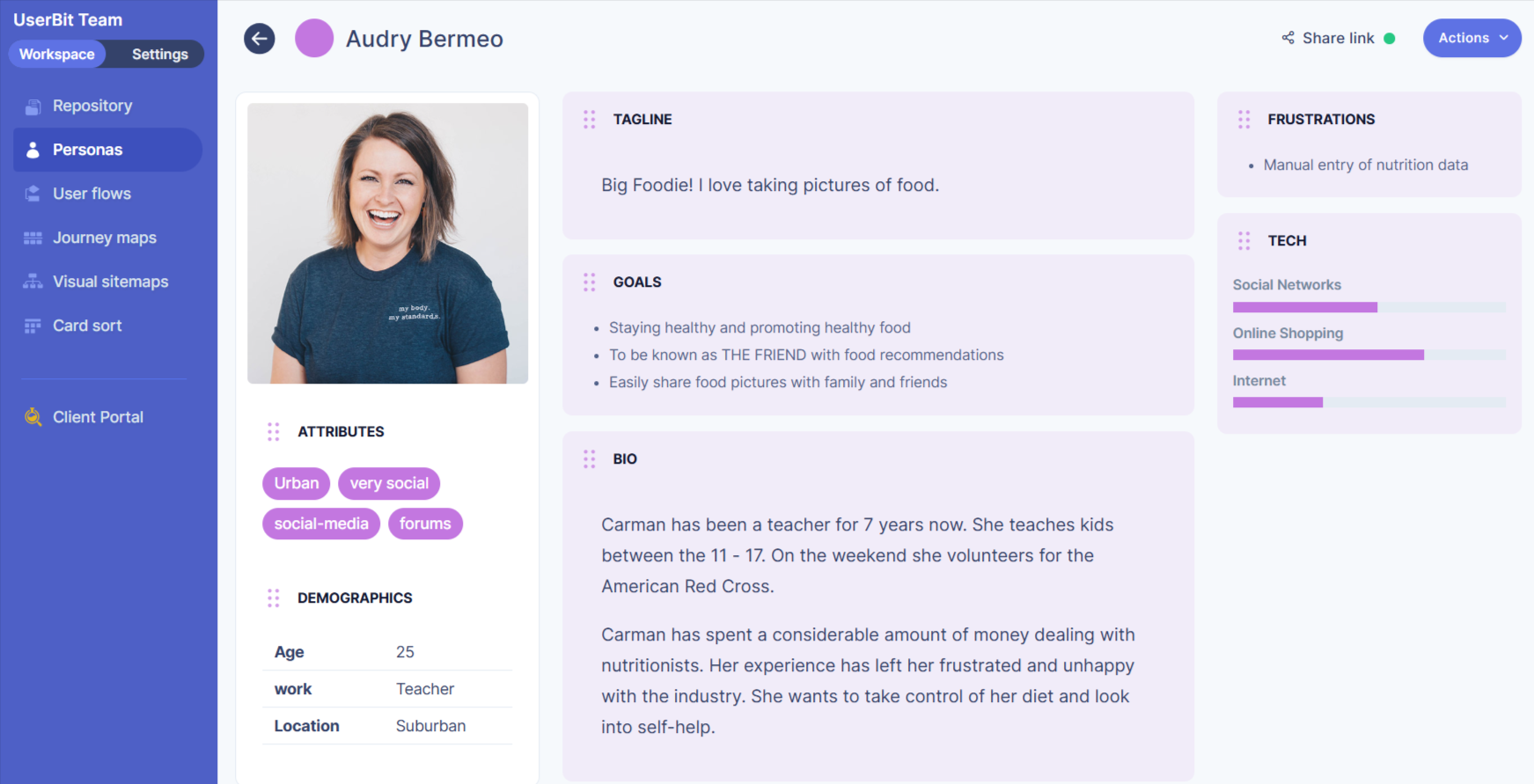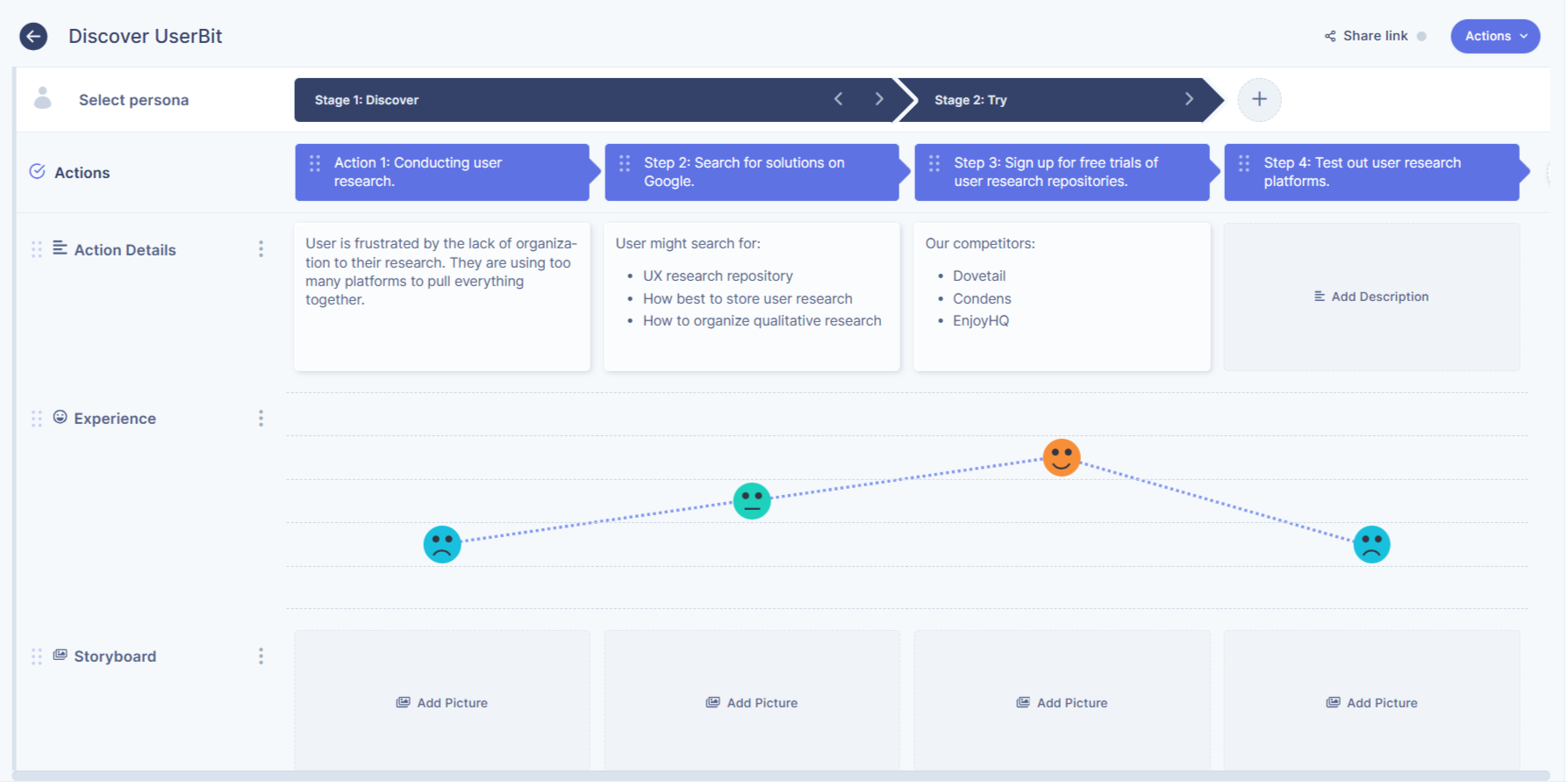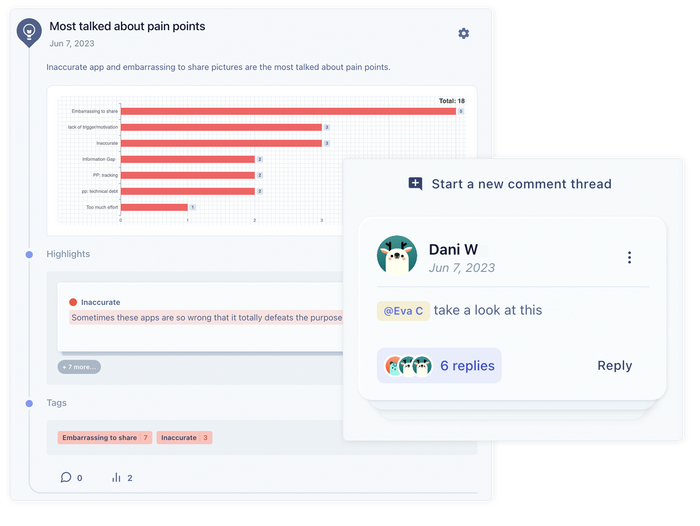
End Users in UX - Meaning, Example, and Importance
What is an End User in UX research?
End users. If you’ve worked in product development before, you've probably heard this term quite often. But if you’re new to the field, what exactly are these users, and why do people keep referring to them?
In the UX world, the term “end user” refers to the individuals or groups who will ultimately use the product or service you’re designing.
Example of an end user
Let’s say that you’re creating a fitness and nutrition app. Your end users could vary widely, from a dedicated gym-goer tracking their gains to a busy parent seeking healthy meal ideas for their family. They all have different goals but are tied together as your end users because they're using your app in real-world situations and experiencing your app’s features firsthand.
Looking for something to watch or listen to? You’ll have a better understanding of the role end users have in UX design with our quick video walkthrough below:
Now, you might be thinking, "Aren't they just users? Why do we have to qualify it with the word end?" While the term "user" can also include people involved in the product's development process, such as developers, testers, and administrators, "end users" specifically refer to the people who will interact with the finished product.
In simple words, end users are the recipients of your design decisions and belong at the end of the product chain.
end users are the recipients of your design decisions and belong at the end of the product chain.
What are some other types of end users?
Now, end users can be further categorized into different types, where each type may have different needs and expectations. Understanding and considering the various types of end users during the design process helps create a more inclusive and effective product.
Here’s an overview of the four types of end users you might come across:
1. Primary users
These individuals are the main users of your product. They interact with your product the most frequently and use its core functionalities. For a fitness app, these might be people who regularly track their workouts or meal plans.
2. Secondary users
These end users may not interact with your product as frequently as primary users, but they are still important. They might use some of the product's functionalities, but not all. For the fitness app, these might be individuals who use the app occasionally for basic features such as step tracking.
3. Tertiary users
These people are end users who indirectly interact with your product. These users may not actively use the product themselves, but they're involved in buying it, setting it up, or keeping it running smoothly. If we go back to the fitness app example, your tertiary users could be the gym instructors who recommend the app to their students.
4. Stakeholders
While not traditional “end users,” stakeholders are people who have some interest in the product's success, like business owners or investors. These folks might occasionally interact with the product, and their input may influence its direction.
Why are end users important?
Understanding and empathizing with your end users is key to successful UX research because it helps you shape a product that aligns with their needs, desires, and behaviors. If they can't easily use your product, or if it doesn't meet their needs, they won't use it. It's that simple.
In addition, end users provide invaluable feedback during product development. They can tell you what works, what doesn't, and what they'd like to see. This feedback is like the blueprint for making your product even better.
So, as you continue on your design journey, remember that whether it's a fitness app or a corporate website, keep your end users in mind. These users aren’t just a part of the process, they're the heart of it! Your end users are the ones who will make your product a part of their lives, continually interact with it, and, most importantly, come back for more.
How can UserBit help?
Now that you understand the value of end users and their feedback, how does one actually go about gathering and analyzing all the qualitative data that comes from them? Enter UserBit! It provides several specialized tools and automation to understand your end users better. With UserBit, you can create a user experience that’s both helpful and memorable. Here are some ways you can learn more about your end users:
1. Set up and analyze interviews and surveys
Reach out to your users through interviews and surveys and ask about their needs and their struggles. This direct communication can lead to invaluable insights that’ll guide you or your team to more informed design decisions.

2. Create specific user personas
As we mentioned earlier, consider creating fictional characters known as user personas to represent your end user cohorts. They can provide a clearer picture of the various needs and pain points of your users.

3. Visualize your users’ path with journey maps
Whether it is onboarding or navigating through a feature in your app, UserBit’s journey maps can help you visualize the path your end users take. This exercise can illuminate the steps users take when interacting with your product, highlighting areas where they may experience difficulties.

4. Capture and share insights with your team
Don't forget to capture and organize your findings using insights on UserBit. Insights help you summarize your findings and back them up with evidence from your research. These can also serve as valuable components of your research knowledge base for any future initiatives as well.


